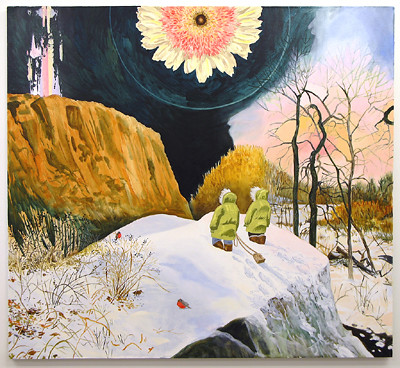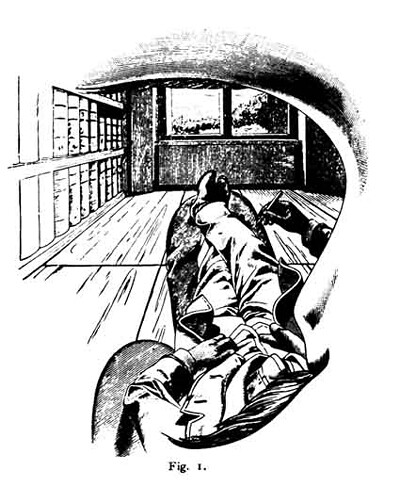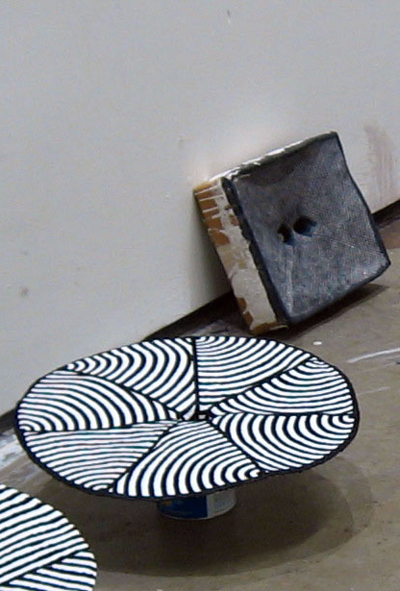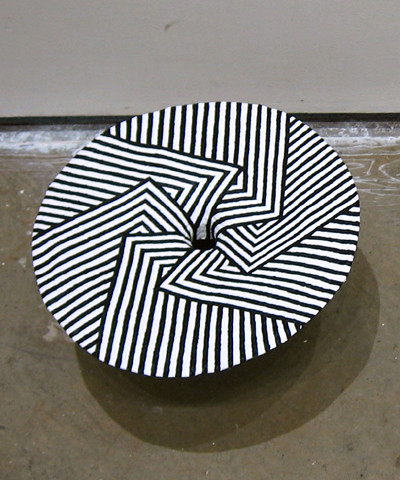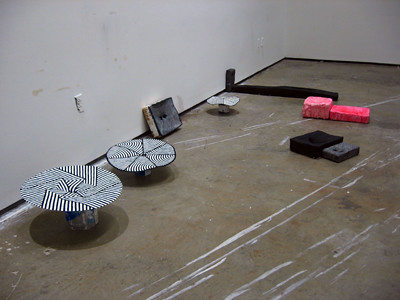Yesterday evening I set out to find images of a department store I went to as a child, thinking that its logo, a yellow, orange, and brown rainbow pitched to the side, might fit some ancient neural lock and open mnemonic pathways of forgotten consumer desire, of the misplaced and perverse and basically theological awe with which I regarded the store, under whose sepia arc were gathered the objects that summarized and held prisoner my wishes. This interest, however shabby and debased, is apparently not idiosyncratic, for I discovered a sizeable Internet community devoted to the resurrection in word and image of defunct chain stores and abandoned malls. It is common for retail enthusiasts to visit the defaced concrete shells of the stores that held them in thrall and examine them as they might the body of some fallen Titan. Some have quasi-academic aims, while others are driven by an Asperger’s-like fixation that, under different subjective circumstances, might have attached itself to amusement park rides, trains, bridges, or weaponry, but as it happens has shown up as, say, the need to visit every former Caldor in New Jersey. Accounts of what crumbled ceiling tiles, brackish pools, or flourishing trees of mold were visible through the plate glass are posted to message boards and illustrated with photos of cracked plaza signage, still-extant pebbled trashcans, and parking lot weed-life. You can find photos of store aisles and displays from the 1980s, the walls striped with combinations of colors flushed from aesthetic imagination over dozens of cycles of rebranding, sketches of remembered floorplans and logos, scans of price tags, receipts, and circulars from the newspaper. The basic impulse behind these efforts of memory, which I share to some degree, is perhaps one level more advanced than the impulse to collect the actual items that dominated one’s consumer imagination as a child, for it locates the desire for a commodity not in the thing but in the place that enshrined it, the dimly glowing mallscape of illuminated fountain jets and globe lights and neon in the dark, in the glowing proper name in the night that marked a site of wish-fulfillment. A further advance, from the active, coursing locus of illusion to its empty frame, its bleached and logoless façade and liquidated, aisleless interior, offers simultaneously the ultimate object of consumer fetish—the most direct and spectacular presentation of an object of desire that can never be made present, a permanently absent referent—and the hope of its extinction.
